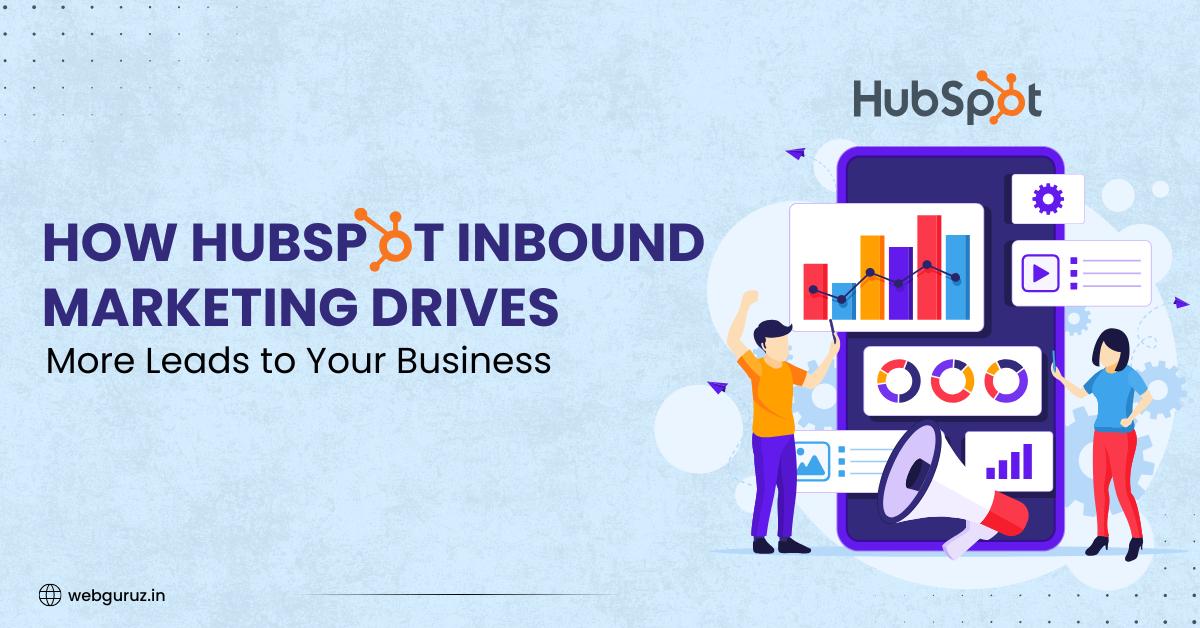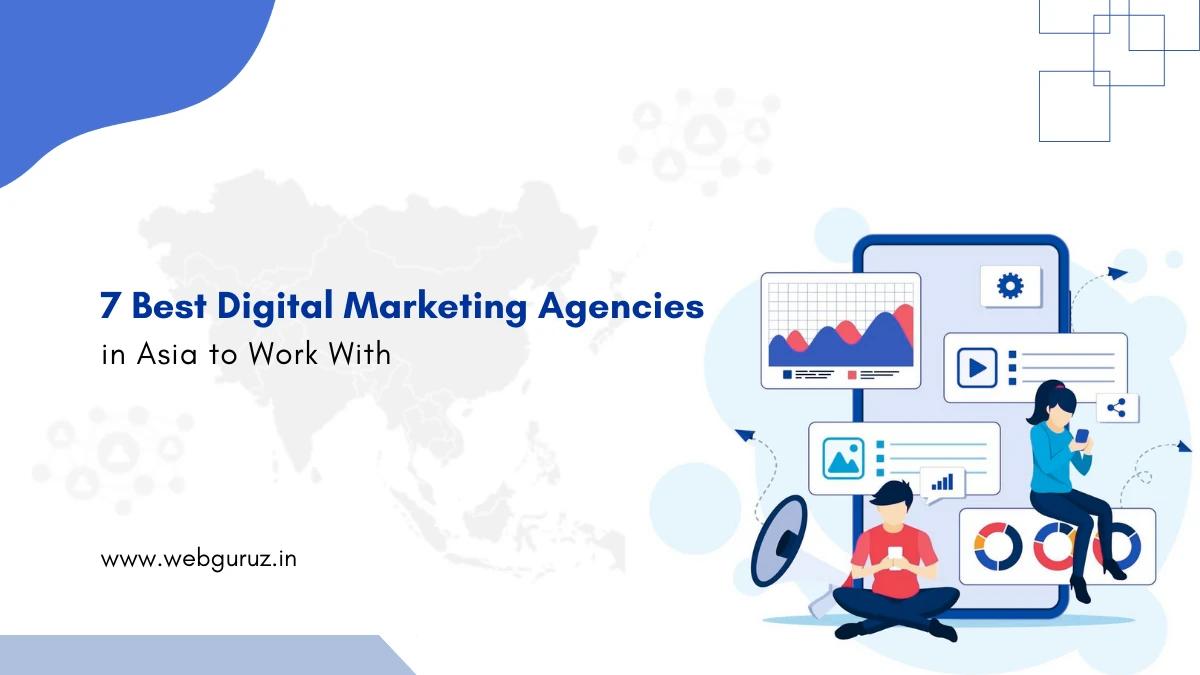Mohit Bhatt
2025-08-22
7 min read
7 Best Digital Marketing Agencies in Asia to Work With
Finding the right digital marketing agency for your business can feel like searching for a needle in a haystack.
Read More
If you’re looking for a way to bring in more leads without spending a fortune on ads or cold-calling uninterested prospects,HubSpot Inbound Marketing might be the solution you need. Instead of pushing your message onto people who may not be ready to buy, inbound marketing helps attract potential customers naturally by providing valuable content, building trust, and nurturing relationships. This strategy shifts the focus from interruption-based marketing to creating a seamless journey where customers come to you when they need a solution.
HubSpot is one of the most powerful platforms for inbound marketing, offering a complete suite of tools that help businesses attract visitors, convert them into leads, and nurture them into paying customers. Whether you’re new to inbound marketing or looking to refine your existing approach, leveraging HubSpot’s features can significantly boost your ability to generate and close high-quality leads.
To fully grasp how HubSpot helps businesses grow, it’s important to understand what inbound marketing is and why it works. Unlike traditional marketing methods such as TV ads, cold emails, and paid promotions, inbound marketing focuses on drawing people in through relevant, engaging, and helpful content. Instead of disrupting people with unwanted sales pitches, you provide the information they’re already searching for, making them more likely to trust your brand.
Inbound marketing follows a natural progression, starting with attracting the right audience to your website, converting them into leads by capturing their contact information, nurturing them with personalized content, and finally closing them as customers. The process doesn’t stop there, though. The best inbound strategies continue to engage and delight customers even after the sale, turning them into loyal advocates who promote your brand to others.
HubSpot is a game-changer because it provides an all-in-one platform to manage every step of inbound marketing effortlessly. Instead of juggling multiple tools for content creation, SEO, email marketing, and customer management, HubSpot services integrate everything into one seamless system. Businesses can use it to create compelling content, optimize their website for search engines, capture leads through smart forms and landing pages, and nurture prospects through automated email sequences.
One of the biggest advantages of using HubSpot for inbound marketing is its powerful blogging and SEO tools. Content marketing plays a crucial role in attracting potential leads, and HubSpot makes it easy to publish high-quality blog posts that rank well on search engines. The platform offers built-in SEO recommendations that guide you on how to improve your content for better visibility. By consistently publishing valuable blog articles, businesses can establish authority in their industry and attract a steady stream of organic traffic.
Once visitors land on your website, the next challenge is turning them into leads. HubSpot offers a range of tools to make this process seamless, including customizable landing pages, lead forms, and live chat features. A well-designed landing page with a strong call-to-action can encourage visitors to sign up for a free guide, book a consultation, or request a product demo. HubSpot’s smart forms allow businesses to collect essential information without overwhelming potential leads, ensuring a higher conversion rate.
Not all leads are ready to buy right away, which is why email marketing and automation are critical components of inbound marketing. HubSpot services make it easy to create personalized email workflows that automatically send relevant content to leads based on their interests and interactions. For example, if someone downloads a guide on improving sales with CRM software, they can receive a follow-up email series with case studies, expert tips, and an exclusive discount on CRM services. This kind of targeted nurturing helps keep leads engaged, moving them closer to making a purchase decision.
Another major advantage of HubSpot inbound marketing is its built-in Customer Relationship Management (CRM) system. Managing leads manually can be overwhelming, but HubSpot’s CRM organizes everything in one place, making it easy to track interactions, follow up at the right time, and close deals efficiently. Sales teams can see exactly where each lead is in the buying journey, assign tasks, and automate reminders to ensure no potential customer is forgotten. Having a well-structured HubSpot CRM not only streamlines sales processes but also enhances customer relationships by allowing businesses to provide personalized and timely responses.
Analytics and performance tracking are also key strengths of HubSpot’s inbound marketing system. One of the biggest challenges businesses face is determining which marketing efforts are actually working. HubSpot provides detailed insights into website traffic, lead conversions, email engagement, and sales performance. Businesses can see which blog posts are driving the most traffic, how well their landing pages are converting, and which email campaigns are generating the best results. HubSpot inbound consulting partners often use this data to refine their marketing strategies over time and improve overall effectiveness and return on investment.
What makes HubSpot inbound marketing particularly effective is its ability to outperform traditional marketing approaches. Many businesses still rely on outdated methods like cold‑calling or generic email blasts, which often lead to frustration and wasted resources. In contrast, inbound marketing focuses on building genuine relationships and providing value, making it a more cost‑effective and sustainable way to generate leads. Customers today are more informed and selective about where they spend their money, and they tend to gravitate toward businesses that offer helpful information rather than just another sales pitch.
Investing in HubSpot inbound consulting offers a long‑term strategy for business growth. Instead of constantly spending money on advertisements that stop working once the budget runs out, inbound marketing creates a steady flow of organic leads. A well‑optimized blog post or an engaging email sequence can continue to drive traffic and conversions for months or even years. Additionally, by delivering a more personalized and engaging experience, businesses can foster trust and loyalty among customers, leading to higher retention rates and word‑of‑mouth referrals.
If you’re serious about growing your business and generating high-quality leads, adopting HubSpot’s inbound marketing approach is a smart move. The platform provides everything you need to attract, convert, and nurture leads in a way that feels natural and customer-centric. Whether you’re a small business looking to expand or an established company seeking more efficient marketing solutions, HubSpot offers the tools and insights needed to drive sustainable growth. Instead of chasing leads, let them come to you by implementing a strategic and well-executed inbound marketing plan with HubSpot.

Mohit Bhatt
2025-08-22
7 min read
Finding the right digital marketing agency for your business can feel like searching for a needle in a haystack.
Read More
Mohit Bhatt
2025-08-20
7 min read
Choosing the right HubSpot Hubs for your business can feel overwhelming, especially when you’re looking at multiple options that seem to overlap in functionality.
Read More
Mohit Bhatt
2025-08-11
7 min read
Google’s AI Overview has changed how people search and find information online.
Read More